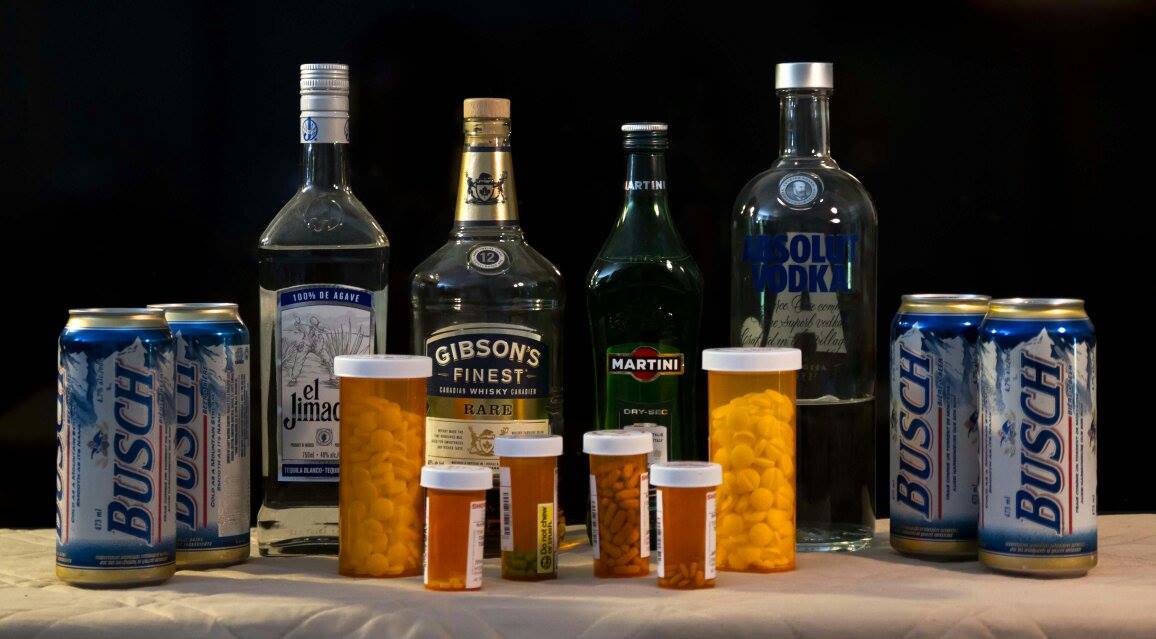Reisling Wine, Explain Reisling wine, What is Reisling wine

Reisling wine speaks to explain Reisling wine and what is Reisling wine both manufacture and history of such.
Reisling is made from the white Reisling grape which grows in the Rhine region of Germany. This grape is thought to be an early cross between the Gouais blanc and the Traminer grape.
It is the world’s 20th most popular wine and is usually included in the top three white wines. It is recognized as having an almost flower like perfumed aroma as well as a fairly high acid content.
The taste and quality of the wine depends entirely where the grape is grown as it is highly dependent as to the soil in which it is grown. It is known as being territorial.
The grape is grown in vineyards in Austria, Luxembourg, northern Italy, Australia, New Zealand, United States, Canada, South Africa, Ukraine and China as it prefers slightly colder climates.
There is a long history to Reisling wine dating to the early 15th century in Germany.
When the wine is aged it turns from its original golden colour to amber and some vintages are known to be aged as long as 35 to 40 years. In fact the wine is usually consumed young when they retain a fruity and aromatic taste with a crisp taste due to their relatively high acidity.
The more common ageing for the wine is 5 to 15 years for dry, 10 to 20 years foe semi sweet and 10 to 35 years for the sweet.
The most expensive of these wines are made from late harvest grapes and which are subject to what is known as the “noble rot” disease which causes the wine to have to have a high sugar content. These expensive wines are considered as the best of dessert wines and can b stored for long periods of time.
This grape requires delicate handling during the harvest to ensure that the grape skin is not bruised or crushed. If this occurs tannin can be leaked into the juice imparting off the taste to that of a more coarse nature.
Return from reisling wine to homepageHard copy and E book for sale. What's Killing You and What You Can Do About It. Click here.
Hard copy and E book for sale. Introduction to Building Mechanical Systems. Click here.